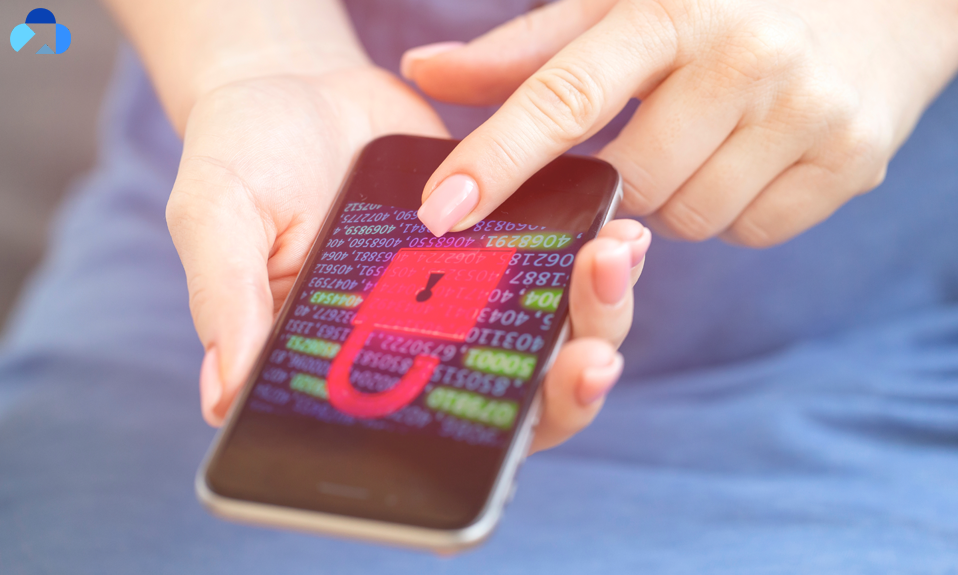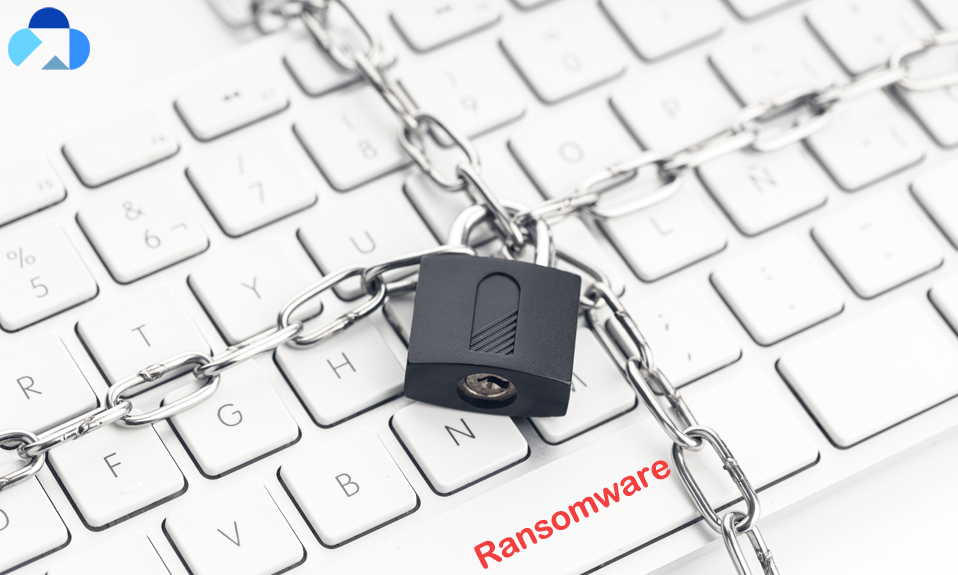
The ransomware market is full of viruses, malware, and online threats. There are various types of ransomware that infect your pc in different or start affecting your system in different ways. However, dealing with each type of ransomware isn’t different. You just need to perform few measures to prevent ransomware.
But, still, it’s good to know which ransomware affected your system, but how? In this article, we will help you to know “how to find out what ransomware you have?” We will discuss 7 types of ransomware in this article and how you can identify them if your pc gets infected with them.
How to Find Out What Ransomware You Have?
Learn more about what ransomware you have?
1. Locker Ransomware
Locker ransomware is very popular among the dangerous ransomware. It is one of the dangerous types of ransomware that blocks basic computer functions. For instance, you may be denied to access to the desktop, while the mouse and keyboards are partially disabled.
Once they get access to your pc, they will demand ransom. Fortunately, Locker ransomware doesn’t usually target specific files, it normally wants to lockout.
2. WannaCry ransomware
The WannaCry ransomware includes multiple components. It arrives on the infected computer in the form of the dropper, a self-contained program that extracts the other applications components embedded within it. It was first started to begin across computer networks on May 12, 2017. The WannaCry ransomware attack hit around 230,000 computers globally, and the first company that got affected was the Spanish mobile company.
The core focus of WannaCry ransomware is affecting the Microsoft Windows operating system. It majorly exploits the security vulnerabilities in Windows. Hackers usually take advantage of Windows vulnerabilities and enter into your system. Once they get into your system, it downloads the tool that encrypts your files and then demands a ransom in terms of bitcoin mostly to decrypt the files.
3. Ryuk
Ryuk is an encryption Trojan that damages the recovery function of the Windows Operating System. Thus, you cannot restore the encrypted data without an external backup. Additionally, Ryuck also encrypted network hard disks.
With the help of Ryuk type of Trojan, you can understand how it important is to store your data into an external drive or any other external source. That should not be connected to your system. If you don’t want to have any external hard drive, you can use the Cloud service to store your data. And in my opinion, you can store your data in Capebera cloud service. It freely provides you 5 GB storage and you can even share files with your colleagues and friends.
4. CryptoLocker
CryotiLocker ransomware was first found in 2007. CryptoLocker uses phishing emails links and attachments. The ransomware searched for important data on infected computers and encrypted it. Law enforcement agencies and security firms eventually took control of a global network of hijacked home computers that were being used to spread CryptoLocker. Doing so allowed the companies to intercept the data being sent over the network without the criminal noticing.
As a result, an internet site was created where victims could get a key to decrypt their information. This allowed them to get their data back without having to pay a ransom to the hackers.
5. Petya
Petya is ransomware that developed in 2016 and it encrypted multiple hard disks at one time. Petya ransomware does not encrypt the files, in fact, it encrypted the entire hard disk. Hackers encrypt the hard disk by encrypting the Master File Table (MFT), which made it impossible for the user to access files on the hard disk. Petya ransomware enters your system via a fake application that contained an infected Dropbox link.
Petya has another variant called Petya 2.0 and it bit differs from the existing one. However, both are equally dangerous for the device.
6. Crypto Ransomware
You have definitely heard about Crypto ransomware, as it is quite popular among the other ransomware. This ransomware encrypts your important data, such as documents, pictures, and videos. Crypto ransomware creates difficulty for users because users can see their files but they can’t access them.
Once the hackers get access to your data, they would demand ransomware. Additionally, Crypto developers often add a countdown to their ransom demand. And in case you won’t pay the ransom in the given timeline, all your data will vanish.
7. Locky Ransomware
Locky is listed last in this article, but make sure you do not underestimate it because Locky ransomware was majorly attacked by a group of hackers. The Locky’s ransomware first attack happened in 2016 by a group of organized hackers. Locky also spread through phishing emails with infected attachments and it encrypts more than 160 file types. Most users get to fall into phishing emails, and it is one of the common way that hackers use to attack.
As soon as they take any action on the phishing emails, (clicking on the link in the email or downloading the fake attachments), the malicious program will start downloading on their system in the background without their information. Once the victim’s pc gets properly in control of the hackers, they would demand ransom. Some of the users who don’t have knowledge about cloud data storage (external source), they have to pay the ransom to get back their data.
Store Your Data in Cloud
Till here, you would have known about 7 types of ransomware that infect your system in different ways. but, what about the countermeasure to prevent ransomware.
We will tell you the all-rounder troubleshoot that needs your prior action but benefit you after got infected with ransomware. Use cloud service to store your data. Cloud service is an online data storing place that secures your data online so that you can get back your data anytime and anywhere.
With cloud storing, once your system gets affected by ransomware, you can reset or reboot your system completely and start your system as a new one. After that, as you’ve stored your data in the cloud and it’s not connected to your pc, it won’t get affected by your system. So, you can recover your data into the system and again start your journey.
Summary
Hey guys! This was the guide about “how to find out what ransomware you have.” Here, we’ve discussed 7 types of ransomware. With this, you can get help to identify what ransomware affects your pc. Additionally, you can also learn about cloud storage that is really necessary for ransomware prevention.
We’ve included the very important stuff in this article. Please let us know what you think about this article and comment if you’ve any queries regarding this article. We would be glad to answer you!











